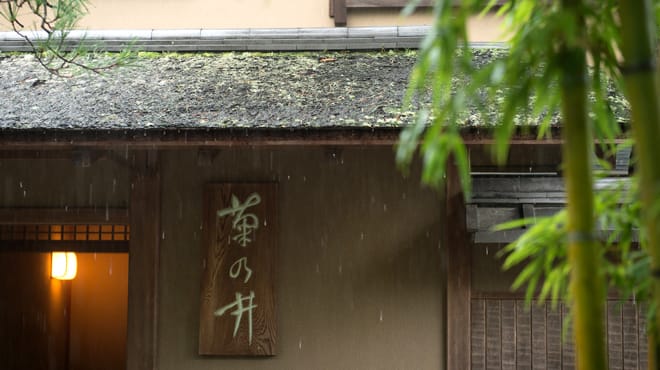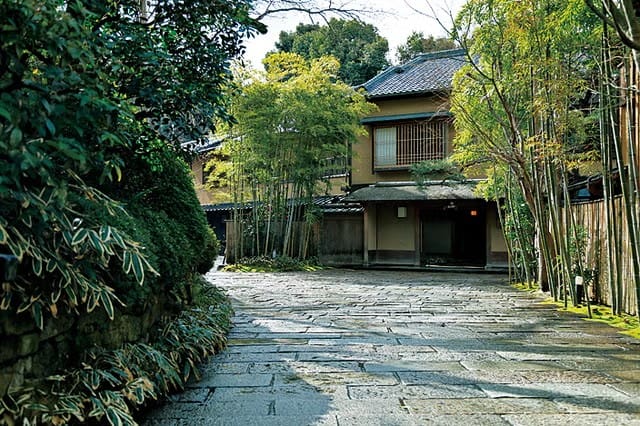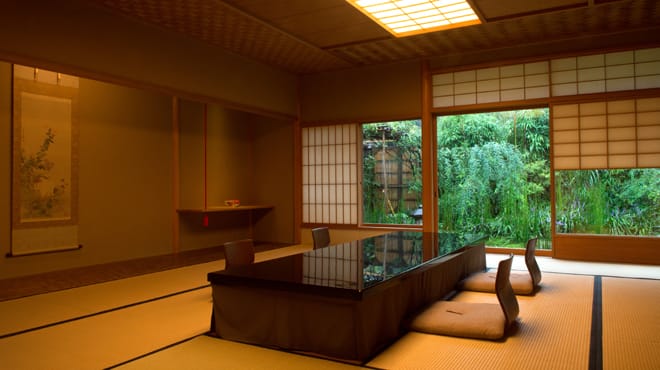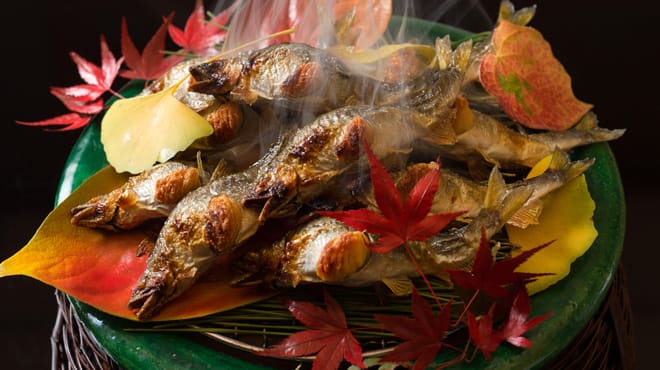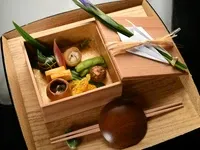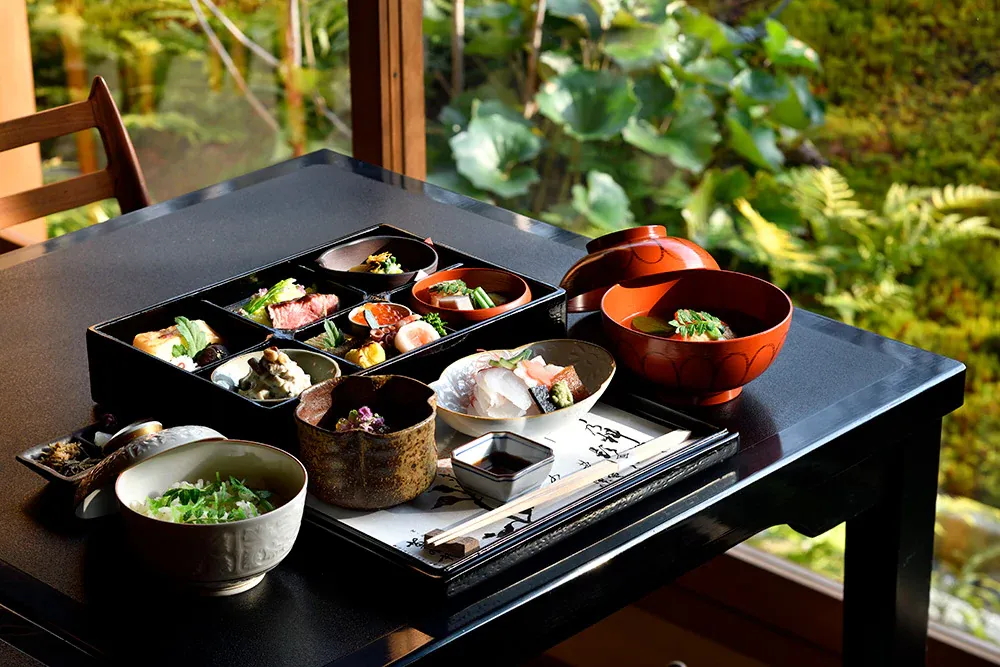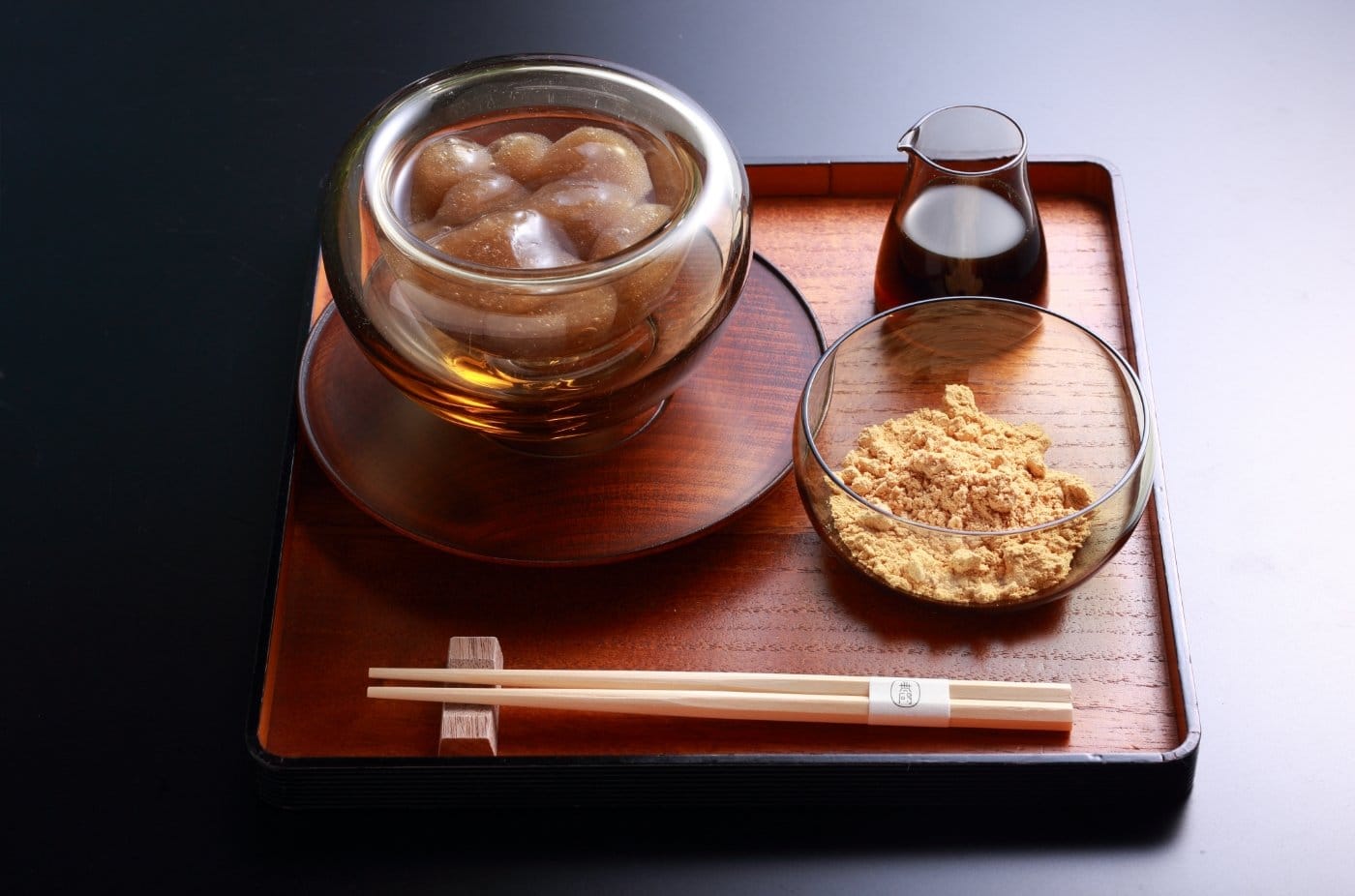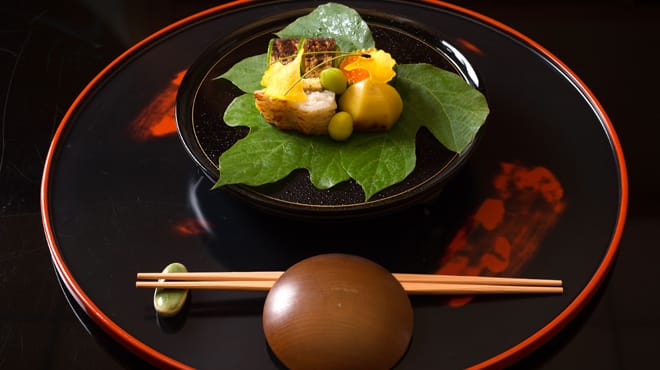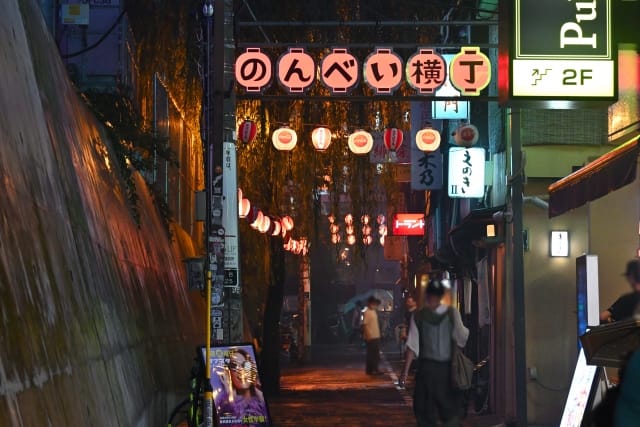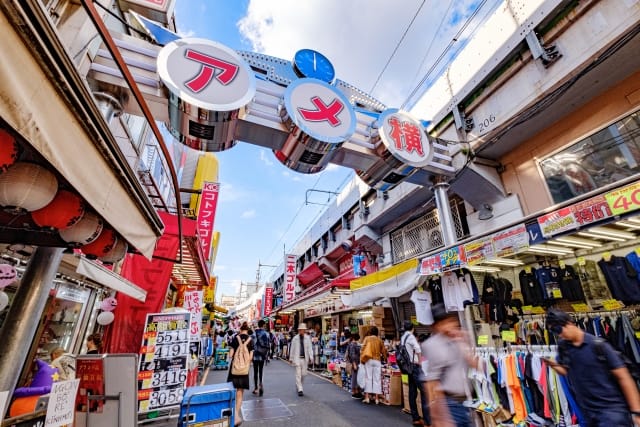Kikunoi Honten: Michelin-Starred Japanese Restaurant in Kyoto
I visited Kyoto several times between August and October 2024. I'm updating this article to share the new charms of Kyoto I discovered and to recommend the latest spots worth visiting. In this update, I've also included the newest information about Kyoto for 2025.
Another reason for this update is the growing interest in tours that allow visitors to fully experience Kyoto's traditions and culture.
Due to Kyoto's deep history and traditions, first-time visitors often find it challenging to explore the city efficiently while gaining a deeper understanding. This has led to increasing popularity of guided tours like those offered by Magical Trip, where local guides help tourists navigate the city.
Notably, Magical Trip's tour, which was ranked No.1 among all tours on Tripadvisor in 2024, is experiencing high demand in 2025.

For those who want to experience Kyoto deeply and efficiently, we recommend these two tours. With guides who are well-versed in Kyoto's culture and traditions explaining the tourist spots, you'll enjoy your sightseeing several times more than if you were to explore on your own:
If you're interested in Kyoto's food culture, we also recommend the "Kyoto Night Foodie Tour," which ranked No. 6 among all tours on TripAdvisor in 2024. You can fully enjoy the cuisine of Kyoto, a city that once ranked fourth worldwide for the number of Michelin-starred restaurants.
Introduction
Kyoto, with its numerous shrines, temples, and traditional-style gardens, attracts many domestic and international tourists who can fully immerse themselves in Japanese history.
Among Kyoto's unique attractions is not only its architecture but also its food culture called "Kyoryori" (Kyoto cuisine). This refers to five types of cuisine that have been passed down in Kyoto for centuries. Among them, "Shojinryori" (Buddhist vegetarian cuisine) based on Buddhist teachings and "Kaiseki ryori" (multi-course dinner) known for its refined flavors are particularly famous. Additionally, Kyoto's home-style cooking is called "Obanzai," and there are many specialized restaurants and izakayas serving it.
Kyoto cuisine is based on "dashi" (soup stock) and uses abundant "Kyoyasai" (Kyoto vegetables) grown in the region. The deliciousness of Kyoto cuisine, which values seasonality, is globally recognized, ranking third in the world for the number of Michelin-starred restaurants.
In this article, we will introduce Kikunoi Honten, a long-established ryotei (traditional Japanese restaurant) that has repeatedly earned three Michelin stars, among the many renowned restaurants in Kyoto.
If you are interested in Best Restaurants in Kyoto, check the article below! I summarized how and where you can enjoy Best Restaurants in Kyoto as much as possible.
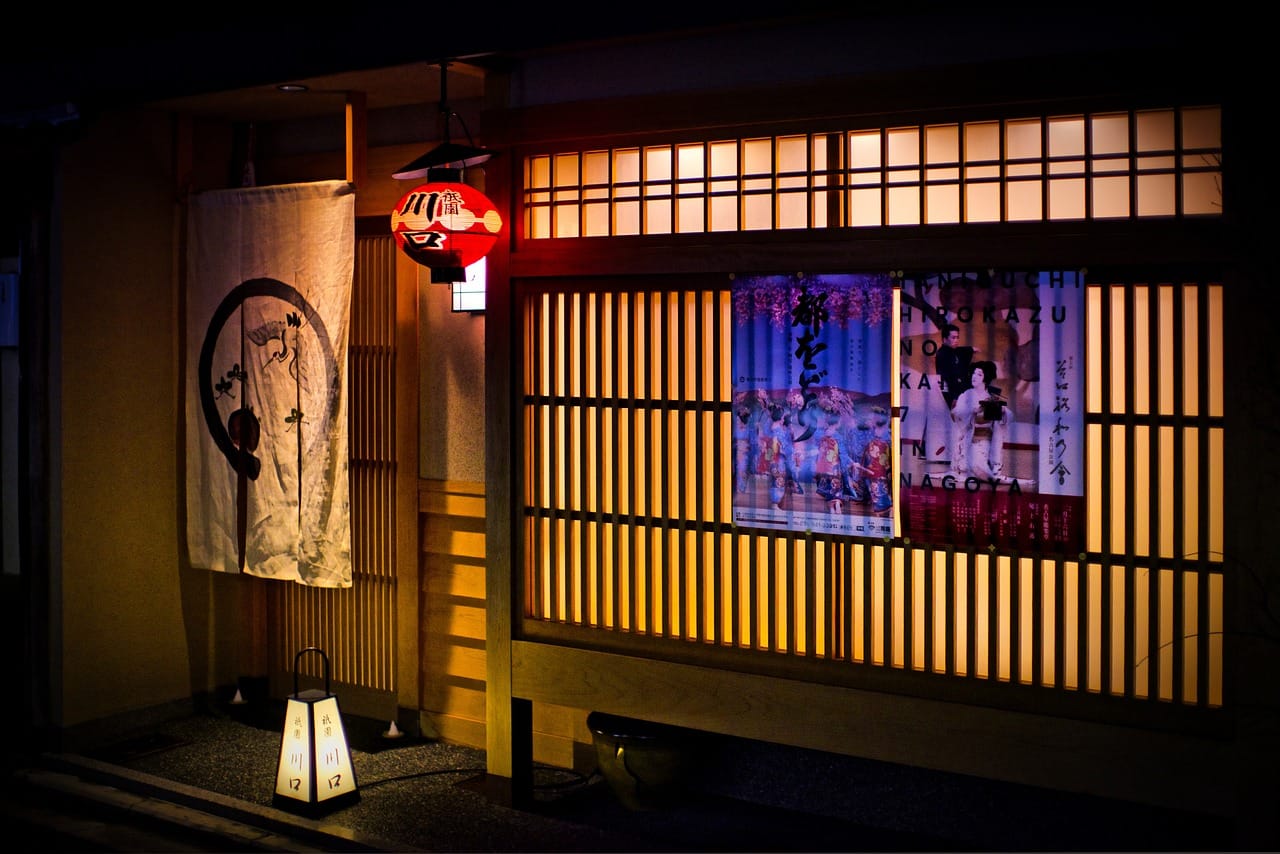
Kikunoi Honten: A Traditional Ryotei in the Tranquil Eastern Hills of Kyoto
Source: Fujingaho
Kikunoi Honten is one of Kyoto's most representative long-established ryotei. The family lineage has been guarding a well water source used for tea ceremonies since the 1500s, commissioned by the wife of a warlord of the time. This water is still used in their cooking today.
The ryotei was founded in 1912, and currently operates three restaurants, in addition to selling side dishes and bento boxes in department stores.
The third-generation owner, Mr. Murata, is not only the representative of Kikunoi but also actively works to develop Japanese cuisine. He was one of the individuals who strived to have Japanese cuisine registered as a UNESCO Intangible Cultural Heritage and is considered one of the most famous Japanese chefs in Japan.
The name "Kikunoi" is widely known not only in Kyoto, where the main store has been operating for over 100 years, but throughout Japan.
A Renowned Restaurant Earning Three Michelin Stars for 15 Consecutive Years
The Michelin Guide is a widely known and trusted gourmet guide worldwide, famous for its strict evaluation criteria.
Kikunoi Honten has earned three Michelin stars for 15 consecutive years since 2009. Three stars are awarded to restaurants offering "exceptional cuisine worth a special journey." In 2024, only five restaurants in Kyoto received this honor among the numerous dining establishments in the city.
Another long-established Kyoto ryotei, "Hyotei," has also earned three stars for 15 consecutive years, demonstrating the high level of Kyoto cuisine that is globally recognized.
Enjoy Exquisite Seasonal Kaiseki Cuisine at Kikunoi Honten
Source: Tabelog
Kikunoi Honten serves "Kaiseki ryori," one of Kyoto's representative cuisines. The kaiseki meals are prepared in a traditional format. There are six lunch courses and four dinner courses at different price points, allowing guests to choose according to their budget.
The "four seasons" are crucial in Japanese cuisine. It's fundamental to use the most delicious seasonal ingredients at their peak. At Kikunoi Honten, the menu is updated monthly, allowing visitors to taste various ingredients depending on the season of their visit.
Reflecting the third-generation owner's experience training in French cuisine, dishes using ingredients uncommon in Japanese cuisine, such as olive oil and watercress, are sometimes incorporated into the course.
Kaiseki Ryori: Japanese Cuisine Cultivated Through Kyoto's Long History
Kaiseki ryori originally referred to the meal served before a tea ceremony. It is characterized by cooking methods that fully utilize the natural flavors of seasonal ingredients, carefully preparing dashi, and using minimal seasoning.
Japanese cuisine is often called "water cuisine," emphasizing the importance of water. Kikunoi Honten continues to use the precious well water that has been protected for generations in their cooking. This water plays a crucial role as the foundation for all aspects of cooking, from preparation to making dashi.
Moreover, in kaiseki ryori, which inherits the concepts of traditional Japanese tea ceremonies, the entire dining space is considered important. Every detail, from room decorations and seasonal flowers to the dishes used for serving and the service provided by the staff, is carefully considered in creating the kaiseki experience at Kikunoi Honten.
Three Must-Try Menu Items at Kikunoi Honten to Experience "Kyoto's Four Seasons"
Seasonal Kaiseki Cuisine with Monthly Changing Menus
Source: Tabelog
Kikunoi Honten prepares dishes that match the season every month. The course, composed of ingredients at their peak during that period, allows guests to enjoy not only the flavors but also the essence of the season.
For example, when I visited in September, I could enjoy dishes that evoked the arrival of autumn. The first dish of the course featured "chamame" (tea-flavored edamame), which is in season from late August to mid-September, allowing guests to sense the transition from summer to autumn through the gentle sweetness of the beans.
The "shiizakana" (main dish) of the kaiseki meal was "hamo shabu" (hot pot with conger eel). It's a dish where you dip the conger eel into hot dashi broth yourself. It was accompanied by matsutake mushrooms, a representative autumn delicacy. The combination of the elegant taste of conger eel, the rich aroma of matsutake, and the deep umami of the dashi broth creates an exquisite dish.
Reflecting the third-generation owner's desire "for visitors to be truly satisfied," the courses at Kikunoi Honten are generous in volume. However, the moderate seasoning and low oil content, characteristic of kaiseki cuisine, ensure that even when full, there's minimal burden on the digestive system.
"Hassun": A Beautiful Arrangement of Seasonal Delicacies
Source: Hitosara
Pay attention to the particularly elegant "hassun" that appears in the first half of the course. It's a quintessentially Kyoto dish that's beautiful to look at and delicious to taste.
Hassun refers to several dishes prepared to accompany sake, arranged together on a single plate. There's a rule to combine both "umi no mono" (seafood dishes) and "yama no mono" (dishes using vegetables and other mountain ingredients).
"Sun" is a unit of length traditionally used in Japan. Eight sun is about 24 cm. The name originates from the fact that plates of this size (24 cm square) were originally used.
At Kikunoi Honten, the hassun is prepared using abundant seasonal ingredients. The presentation is also carefully crafted, using small, charming dishes called "mamezara" and adding seasonal flowers, allowing guests to enjoy the visual appeal as well.
Mugesanbou's Cuisine
Kikunoi's "Mugesanbou" is a shop located right next to the main restaurant, offering "shigure bento" (seasonal lunch boxes) and Japanese-style sweets. It opened in 2017 with the wish to "allow people to casually enjoy authentic Japanese cuisine."
Every seat offers a view of the beautiful garden.
It has been listed in the Michelin Guide as a "Bib Gourmand," recognized as "cuisine that offers more satisfaction than the price suggests."
Shigure Bento
Source: CREA Traveller
The "shigure bento," which changes seasonally and features several dishes beautifully arranged in a box, allows guests to enjoy simple yet flavorful dishes similar to those served at Kikunoi Honten.
The rice dishes are particularly exquisite. Sashimi coated in a rich sesame sauce is served on top of rice. The type of sashimi varies, including sea bream and tuna, depending on the season.
The accompanying "yamakake" (grated mountain yam) can be added midway through the meal to change the flavor, allowing guests to enjoy the dish without getting bored. The mild yamakake complements the rich, deep sesame sauce perfectly.
Guests can casually enjoy authentic Japanese cuisine that is both beautiful and delicious, prepared with meticulous care.
Cafe and Japanese Sweets
Source: Official website
Guests can also enjoy Japanese-style sweets, each carefully crafted.
The "Koi Matcha Parfait" is a parfait topped with ice cream made with abundant matcha from Uji, Kyoto. To prevent it from becoming too rich, the ice cream is made without fresh cream. It's topped with traditional Japanese sweet ingredients like castella, azuki beans, shiratama dango, and matcha jelly. The balance between the bitterness of the matcha and the sweetness is perfect.
They also offer "Hon Warabi Mochi," a traditional Japanese sweet. It's a mochi made from "warabi-ko" (bracken starch) derived from the warabi plant, topped with "kinako" (roasted soybean flour) and "kuromitsu" (black sugar syrup). This carefully crafted dish is prepared only after receiving an order.
The Aesthetic Pursuit of Kikunoi Honten: "Kirei Sabi"
Source: Tabelog
The cuisine at Kikunoi Honten values the aesthetic concept of "kirei sabi." Kirei sabi is based on the uniquely Japanese aesthetic sense of "wabi-sabi," but incorporates more vibrant elements (more on wabi-sabi later).
They cherish the words of Rosanjin, a representative Japanese artist and chef: "Beautiful yet not gaudy. Austere yet not plain." This phrase embodies the idea that "beauty should not be superficial, and austerity should not lack depth."
By pursuing and reflecting this unique Japanese aesthetic sense in their cuisine, Kikunoi Honten has become a renowned ryotei representing not only Kyoto but all of Japan.
"Wabi-Sabi": A Traditional Japanese Aesthetic Sense
"Wabi-sabi" refers to a uniquely Japanese traditional aesthetic sense. It is said to be influenced by Zen philosophy.
"Wabi" is an aesthetic sense that finds beauty in modest and simple things, where all excess has been stripped away. "Sabi" means loneliness. It's an aesthetic sense that finds beauty in the sadness of impermanence and transience, recognizing that all things are fleeting and will eventually disappear with the changing seasons.
Kikunoi Honten's aesthetic of "kirei sabi" is based on wabi-sabi but incorporates a sense of appreciating more vibrant and graceful elements.
Access Information
<Kikunoi Honten>
Business Hours: Lunch 12:00-12:30 (last entry)
Dinner 17:00-19:30 (last entry)
Closed: 1st and 3rd Tuesday of each month
May change monthly
Address: 459 Shimogawara-cho, Kawaramachi-dori, Yasakatorii-mae, Higashiyama-ku, Kyoto City
Access: 20-minute walk from Gion-Shijo Station on the Keihan Main Line
20-minute drive from JR Kyoto Station
Phone: 075-561-0015
Reservation: By phone only. Reception hours 10:00-22:00.
<Kikunoi Mugesanbo>
Business hours:
- Shigure Bento: Entry between 11:30 - 13:00
- Tea service: Last order at 17:00 (service starts from 11:30)
Closed: Tuesdays
Address: 524 Washio-cho, Shimogawara-dori, Kodaiji Kitamon-mae, Higashiyama Ward, Kyoto City
Access: 15-minute walk from Gion-Shijo Station on the Keihan Main Line
Phone Numbers:
- Meal reservations: 075-561-0015 (Available 10:00 - 22:00)
If you are interested in Best Dinner in Kyoto, check the article below! I summarized Restaurants for Dinner I recommend and how I felt each Restaurant.

